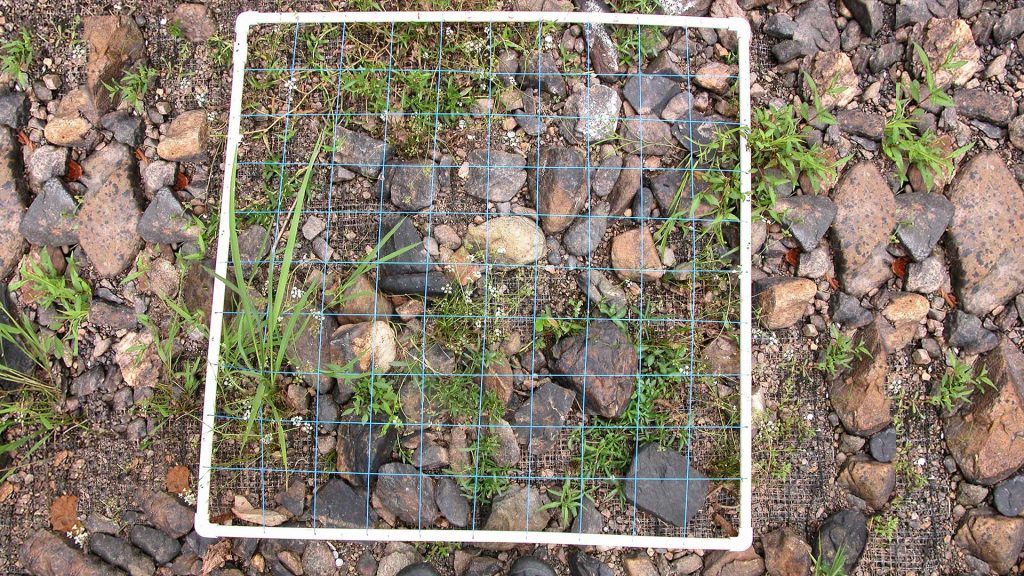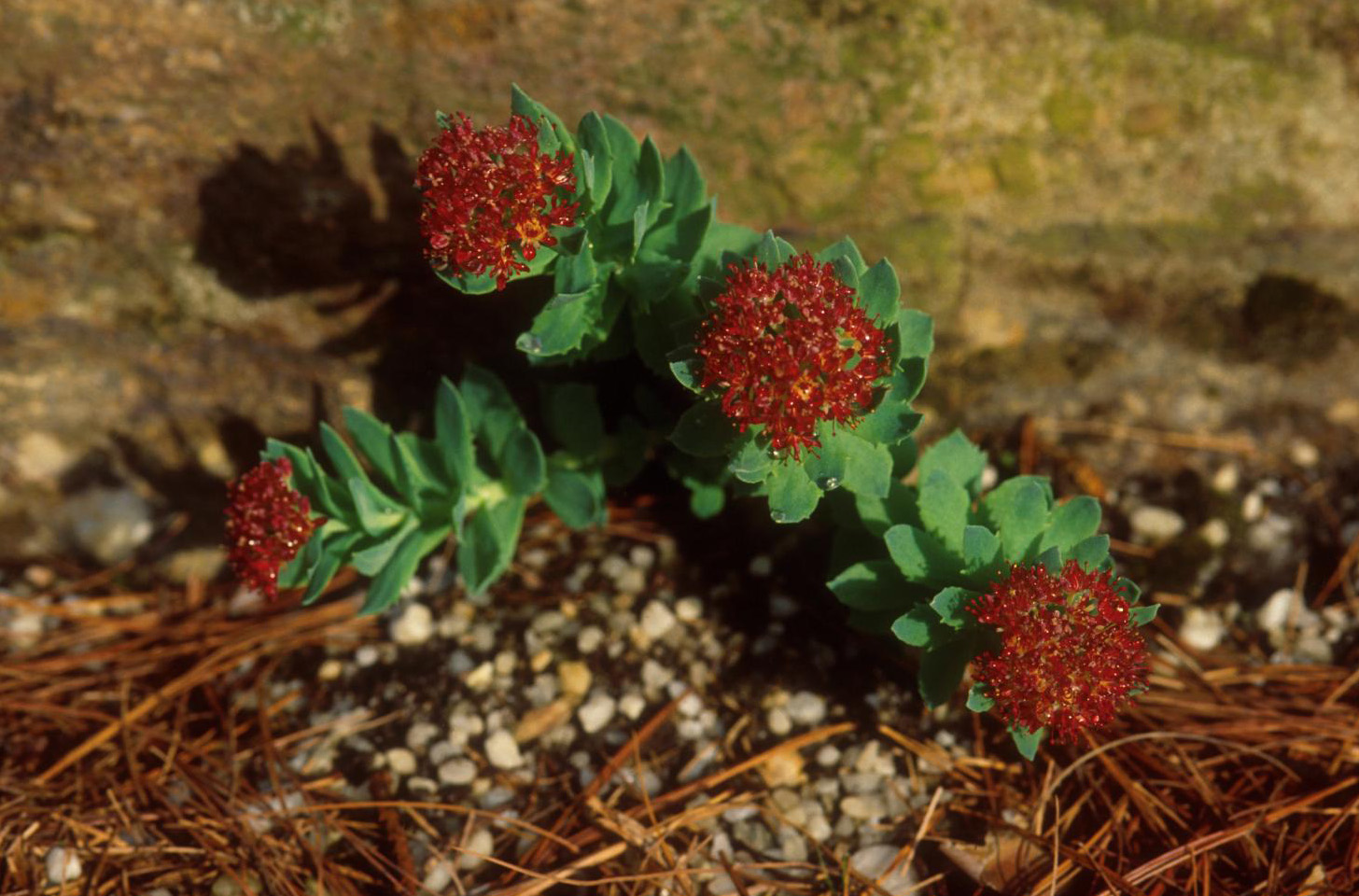CPC Reintroduction Database: Back Online and Ready to Grow
Rare plant reintroductions are the culmination of hundreds of hours of labor: scouting, growing, planting, and – too often – tearfully replanting. We thank the CPC network for all their work over the past year to document the outcomes of these critical reintroduction efforts. Data acquisition projects included the CPC International Reintroduction Registry (CPC IRR) and, more recently, the REDCap Reintroduction Database for US Rare Plants, created by Dr. Matthew Albrecht at Missouri Botanical Garden. Conclusions drawn from these combined datasets form the basis of the CPC Best Practice Guidelines for Rare Plant Reintroduction and Translocations, recognized as an international standard in translocation practice.
We are pleased to announce the new and improved CPC Reintroduction Database (CPCRD), a reintegration into our website of data assets from all historical CPC reintroduction synthesis efforts. We are tracking both general project information and records of follow-up monitoring and outplanting events. While any user can submit data, access to the database will be granted on an individual basis to those contributing vetted reintroduction projects. Current contributors have been sent an email with instructions for accessing the database. Membership in the CPC network is not required to contribute to the CPCRD, and we welcome submissions from any practitioners conducting permitted reintroduction efforts on rare plants. CPC members will have the added benefit of viewing all their institution’s historical submissions in one location. Practitioners may log on to our site and begin viewing and submitting project data here.

Given the sensitivity of this information, we have taken strides to protect the documented plant populations and ensure the collaborative nature of the dataset. While we encourage the submission of specific coordinates of outplanting sites for future synthesis, viewers are not allowed to download this information directly. Location information may only be obtained through the CPC National Office and with permission of individual data contributors. As a collaborative project, we also ask that users of the database adhere to our data policy of extending authorship invitation to all contributors whose data will be included in their analysis.
CPC wishes to extend enormous gratitude to Dr. Joe Bellis, who has been instrumental in shepherding this project through to completion. Dr. Bellis began work with CPC in December 2021 under a short contract to create a strategic plan mapping out the future of the database and harmonizing data fields in old and new versions of the database. His plan included, as a first step, the completion of a public facing CPC Reintroduction Registry, which lists a basic description of each project that went online prior to the National Meeting in May 2022.
While preparing the full database for reintegration to the site, Dr. Bellis contacted nearly every contributor of the REDCap database and CPC IRR and acquired site information for a manuscript evaluating the importance of a novel set of spatial variables on translocation success in rare plants. Dr. Bellis is also currently completing a separate manuscript in collaboration with Dr. Matthew Albrecht and REDCap database contributors, which will communicate the most important management techniques, site attributes, and species’ traits associated with rare plant reintroduction success. We also acknowledge Dr. Joyce Maschinski, Dr. Ed Guerrant, and CPC’s network of contributors who have painstakingly documented rare plant reintroductions throughout the years. We hope this synthesis and future analyses spurred by the database will lead to a more informed and successful plant translocation landscape in the future.
